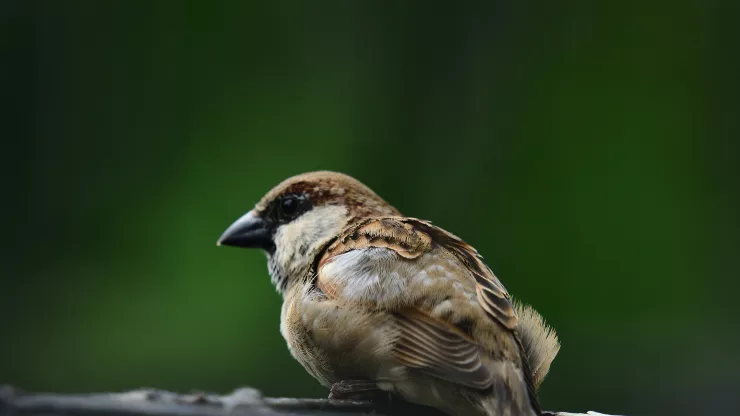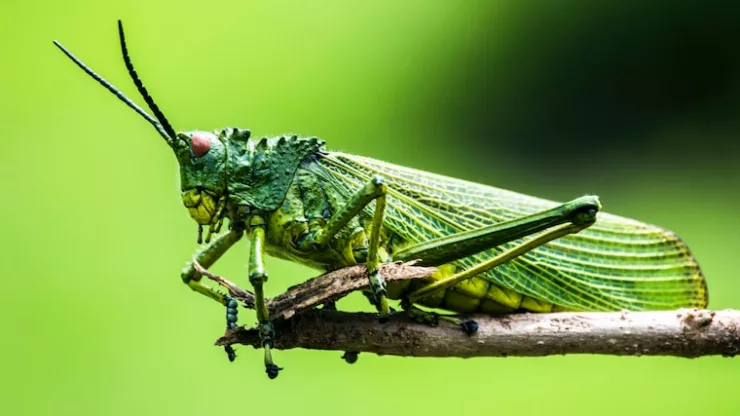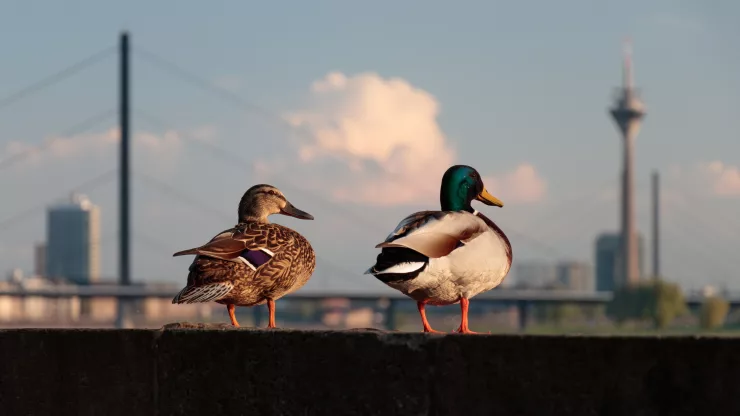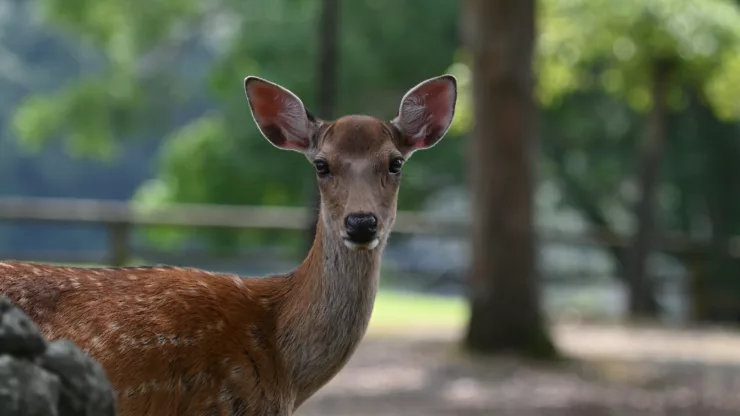Jump to Section
The Appeal of Urban Wildlife
There’s something magical about encountering wildlife while living in a city.
From the smallest insects to the largest mammals, urban wildlife can bring a sense of wonder and awe to our daily lives.
While many people may associate wildlife sightings with rural or remote areas, cities can also provide a habitat for a diverse range of species.
Whether you’re an avid birdwatcher, a nature lover, or simply appreciate the beauty of the natural world, encounters with urban wildlife can be a source of inspiration and joy.
In this article, we’ll explore some of the most common types of urban wildlife and the benefits of encountering them.
From Small to Large: Insect, Bird, and Mammal Encounters
One of the most common types of urban wildlife encounters is with insects.
From butterflies and bees to spiders and ants, insects can be found in every corner of the city.
While some people may be afraid of insects, they play a vital role in the ecosystem and can be fascinating to observe.
Birds are another type of urban wildlife that can be seen and heard throughout the city.
Whether it’s the sound of a pigeon cooing or the sight of a majestic hawk soaring overhead, birds can add a sense of beauty and tranquility to urban environments.
Many cities also have parks and green spaces where birdwatchers can observe a variety of species.
Finally, mammals like raccoons, squirrels, and even deer can be found in some urban areas.
While these encounters may be less common than with insects or birds, they can be especially memorable.
Seeing a family of raccoons scurrying across a street or a deer grazing in a park can remind us of the interconnectedness of all living things.
The Benefits of Encountering Urban Wildlife
Encountering urban wildlife can provide a range of benefits for individuals and communities. Here are just a few:
- Increased connection to nature: In a world where many of us spend most of our time indoors, encountering wildlife can remind us of the beauty and diversity of the natural world.
- Improved mental health: Studies have shown that spending time in nature can reduce stress and improve mood.
- Educational opportunities: Encountering wildlife can be a valuable learning experience, especially for children who may not have access to rural areas.
- Increased biodiversity: Cities that provide suitable habitats for wildlife can help promote biodiversity and create a healthier ecosystem.
Coexisting with Urban Wildlife: Tips for a Positive Experience
While encountering urban wildlife can be a positive experience, it’s important to remember that these animals are wild and should be treated with respect.
Here are some tips for coexisting with urban wildlife:
- Keep a safe distance: While it may be tempting to get close to wildlife for a better look, it’s important to keep a safe distance to avoid disturbing or endangering the animal.
- Do not feed wildlife: Feeding wildlife can create dependence on humans and disrupt their natural diet.
- Keep pets on a leash: Pets can pose a threat to wildlife, so it’s important to keep them on a leash when in areas where wildlife may be present.
- Advocate for green spaces: Supporting the creation and maintenance of parks and green spaces can provide habitats for wildlife and promote biodiversity in urban areas.
FAQ
How can I identify different types of urban wildlife?
There are many resources available for identifying different types of urban wildlife, including field guides, online resources, and local nature centers.
It’s important to remember that not all species may be present in your area, so it’s a good idea to research which species are common in your region.
What should I do if I encounter a sick or injured animal?
If you encounter a sick or injured animal, it’s important to contact a local wildlife rehabilitation center or animal control agency.
These organizations have the expertise and resources to provide appropriate care for the animal.
How can I reduce the negative impact of urban development on wildlife?
There are many ways to reduce the negative impact of urban development on wildlife, including supporting green spaces, advocating for sustainable development practices, and reducing the use of pesticides and other harmful chemicals.
Encountering urban wildlife can be a source of inspiration, joy, and education.
By coexisting with these animals and advocating for their habitats, we can promote biodiversity and create a healthier, more sustainable urban environment.
So the next time you see a butterfly fluttering by or a deer grazing in a park, take a moment to appreciate the beauty of the natural world in your own backyard.
I’m a nature enthusiast and creator of Metro Wilds and have spent years exploring the great outdoors.
With a passion for environmental conservation and sustainability, I have dedicated my career to writing about the beauty and wonders of nature, as well as the threats facing our planet.
Contact me at [email protected] for assistance.





